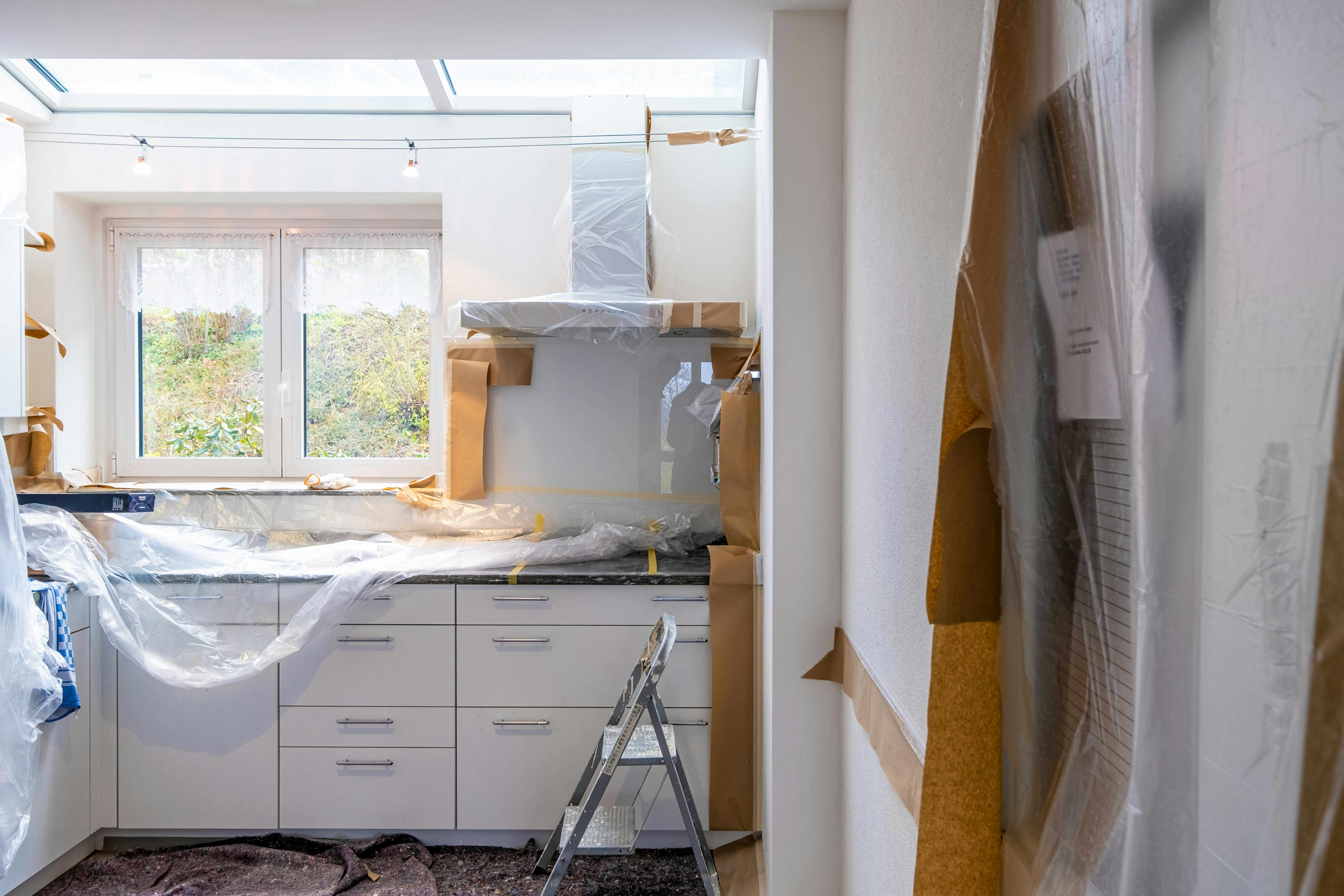Modern Interior Paint Color Ideas for Your Home
Explore the latest home color palettes that bring a balanced blend of style and comfort to any space. Discover combinations that highlight warmth, freshness, and personality while maintaining a timeless look that complements different interiors and design preferences.

What Are the Most Popular Modern Interior Paint Color Ideas?
Modern interior design continues to embrace a balance between warmth and minimalism. Neutral tones like soft grays, warm beiges, and creamy whites remain foundational choices, offering versatility and timeless appeal. These shades create a clean backdrop that allows furniture and décor to stand out while maintaining a sophisticated atmosphere. Earth tones have also surged in popularity, with terracotta, clay, and muted greens bringing natural warmth into contemporary spaces. For those seeking more drama, deep blues, charcoal grays, and forest greens provide depth without overwhelming a room. Accent walls in rich jewel tones or matte black can add visual interest while keeping the overall palette cohesive. The key to modern interior paint color ideas lies in selecting hues that complement natural light and architectural features while reflecting personal taste.
How Are Modern House Paint Color Trends Evolving?
Current trends show a shift toward colors that promote wellness and connection to nature. Biophilic design principles have influenced paint choices, leading homeowners to favor shades inspired by the outdoors. Sage green, dusty blue, and warm taupe create serene environments that reduce stress and enhance comfort. Warmer neutrals have replaced cooler grays, with colors like greige, mushroom, and sand gaining traction. These tones work particularly well in open-concept spaces, providing continuity without monotony. Bold color blocking has emerged as a modern technique, where contrasting hues define different zones within a room or highlight architectural details. Matte and eggshell finishes dominate over high-gloss options, contributing to a more organic, lived-in aesthetic. Sustainability also plays a role, with many choosing low-VOC and eco-friendly paint formulations that align with environmentally conscious living.
What Wall Color Combinations for Homes Work Best?
Successful color combinations balance contrast with harmony. Pairing a neutral base with one or two accent colors creates visual interest without chaos. Classic combinations include white walls with navy blue trim, soft gray with blush pink accents, or beige with olive green highlights. Monochromatic schemes using varying shades of the same color family offer sophistication and depth, particularly effective in smaller spaces where too many colors might feel cluttered. Complementary colors, such as blue and orange or purple and yellow, can be used in muted versions for a modern twist on traditional pairings. For open floor plans, using different shades from the same color family helps define spaces while maintaining flow. Dark lower walls with lighter upper sections or ceilings can add dimension and make rooms feel larger. Accent walls work best when they highlight a focal point like a fireplace, headboard wall, or architectural feature rather than being randomly placed.
How Do You Choose the Right Paint Finish?
Paint finish affects both appearance and practicality. Matte finishes hide imperfections and create a velvety, modern look but can be harder to clean, making them ideal for low-traffic areas like bedrooms and ceilings. Eggshell offers slight sheen with better durability, suitable for living rooms and dining areas. Satin finishes provide moderate shine and easy maintenance, working well in kitchens, bathrooms, and hallways where walls need frequent wiping. Semi-gloss and gloss finishes are best reserved for trim, doors, and cabinetry, as they highlight details and withstand moisture and wear. Matching finish to function ensures your paint job looks good and performs well over time.
What Should You Consider Before Painting?
Before selecting colors, evaluate your space’s natural and artificial lighting, as it dramatically affects how colors appear. North-facing rooms benefit from warmer tones to counteract cool light, while south-facing spaces can handle cooler colors without feeling cold. Consider the room’s purpose and desired mood—calming blues and greens for bedrooms, energizing yellows and oranges for creative spaces, or neutral tones for multipurpose areas. Test paint samples on multiple walls and observe them at different times of day before committing. Existing furniture, flooring, and fixed elements should guide your palette to ensure cohesion. Room size matters too; lighter colors make small spaces feel larger, while darker hues can make large rooms feel cozier and more intimate.
How Can You Create a Cohesive Color Flow Throughout Your Home?
Maintaining visual continuity while allowing each room its own character requires thoughtful planning. Choose a neutral base color that appears in common areas and hallways, then introduce variations and accents in individual rooms. Using the same undertones throughout—warm or cool—helps colors relate to each other even when they differ. Repeating one or two accent colors in different rooms through paint, textiles, or accessories creates subtle connections. Open sightlines require special attention; colors visible from one room to another should complement rather than clash. Consider creating a color story that progresses naturally through your home, perhaps moving from lighter, energizing tones in active spaces to deeper, calming hues in private areas.
Selecting modern paint colors involves balancing current trends with personal preferences and practical considerations. Whether you embrace bold statements or prefer subtle sophistication, understanding how colors interact with light, space, and furnishings ensures results that enhance your home’s beauty and functionality. Taking time to explore options, test samples, and plan combinations leads to a cohesive, stylish environment that feels uniquely yours.




